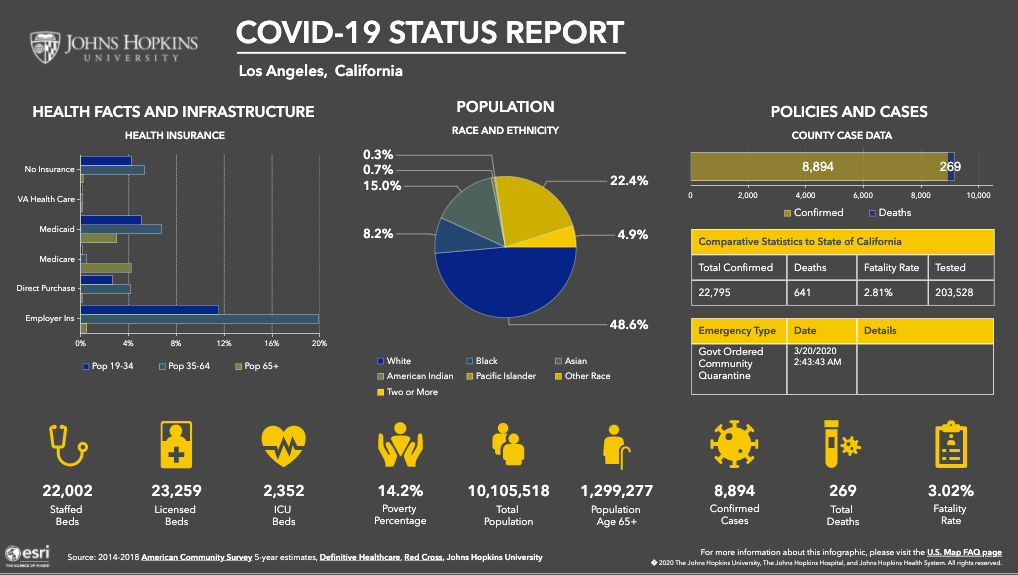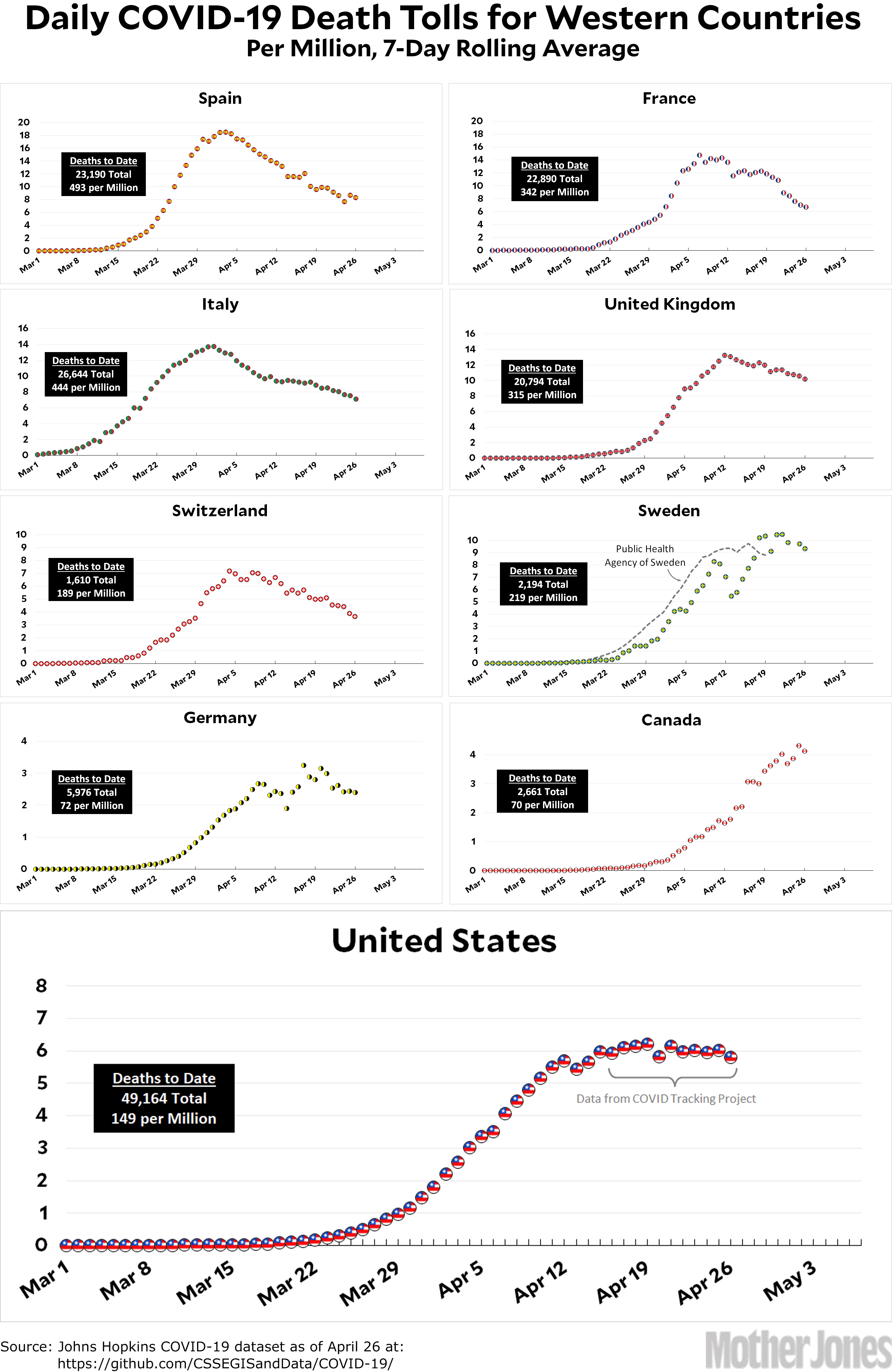


The Hopkins team also recently joined in a study from NASA, modeling how climate and seasonality are contributing to the coronavirus outbreak.Īs the dashboard project goes on, Dong says what began with him worrying about his family in China has flipped. Diese 6 interaktiven Karten zeigen euch in Echtzeit, wo und wie schnell sich das Coronavirus ausbreitet.
#CORONA TRACKER JOHN HOPKINS ANDROID#
Hence,there are no unique clinical features that yet dependably differentiate COVID-19 disease from other upper/lower airway viral infections. Researchers from mobile security company Lookout discovered an Android app called 'corona live 1.1,' which pretends to be the real 'corona live' app and uses the Johns Hopkins coronavirus tracker. Where should we be allocating resources to better prepare for the next city or the next state that's gonna see a surge in cases?" Die amerikanische Johns Hopkins University in Baltimore ist die zentrale Informationsstelle für die Coronakrise, die von den Gesundheitsbehörden vieler Länder und von Medien zur Darstellung der. The usual clinical characteristics involve fever, dry cough, fatigue, sore throat, rhinorrhea, conjunctivitis headache, myalgia, dyspnea, nausea, vomiting and diarrhea. "We're absolutely doing short-term forecasting," Gardner says, "looking at what are the next spatial hot spots. "And I think that's awesome," Gardner says.īeyond the snapshot of what is happening now, the data are also being used to do modeling, which in turn drives state and federal policy. Thousands of other dashboards, including NPR's, pull the Hopkins data into their own. The Hopkins dashboard is open-source, made freely available to users. Die John Hopkins University (USA) hat eine Live-Karte veröffentlicht, auf der User die Ausbreitung verfolgen können. We fix these as soon as possible.Gardner and her team work to maintain the COVID-19 dashboard, built by Gardner's team at the Center for Systems Science and Engineering at Johns Hopkins University. Johns Hopkins Bloomberg School of Public Health released a free, online course Monday on contact tracing to train new hires across New York state. 2, 2022, the CDC recommends a bivalent (containing components of both the original strain of the SARS-CoV-2 virus and the omicron variant of the virus) COVID-19 booster for people aged 12 years and older (Pfizer) or 18 years and older (Moderna). Sometimes, data sources or formats change unexpectedly, leading to temporary inaccuracies in county-level data. Johns Hopkins Medicine has the bivalent COVID-19 booster.
#CORONA TRACKER JOHN HOPKINS UPDATE#
Finally, local governments and other organizations count and update case data differently, meaning different sources of information may show different numbers of cases. At least 11.5 million people globally have recovered, JHU said. Others may have symptoms, but be unable to access testing near them. Globally, as of 4:00pm CET, 28 February 2022, there have been 435,626,514 confirmed cases of COVID-19, including 5,952,215 deaths, reported to WHO. The novel coronavirus outbreak began in Wuhan, China, in late December, and has since sickened at least 19.1 million people worldwide and killed more than 715,000, primarily in the United States, Europe, Canada, Brazil, Mexico, Iran and China, and according to data from Johns Hopkins. Because COVID-19 can have mild symptoms or even none at all, many people with the disease are unaware they have it. Many people who have COVID-19 - and no one knows how many - are not being counted by medical authorities. It's important to understand that the numbers reported by agencies and officials don't paint a complete picture of the pandemic. One year has passed since experts from Johns Hopkins University began tracking the coronavirus pandemic that continues to bring pain and suffering to all corners of the world. Data is sourced from public data by the Center for Systems Science and Engineering (CSSE) at Johns Hopkins University.

Contributing: Yoonserk Pyun, Matt Wynn, Coral Murphy-Marcos, Devon Link and Petruce Jean-Charles, USA TODAY


 0 kommentar(er)
0 kommentar(er)
